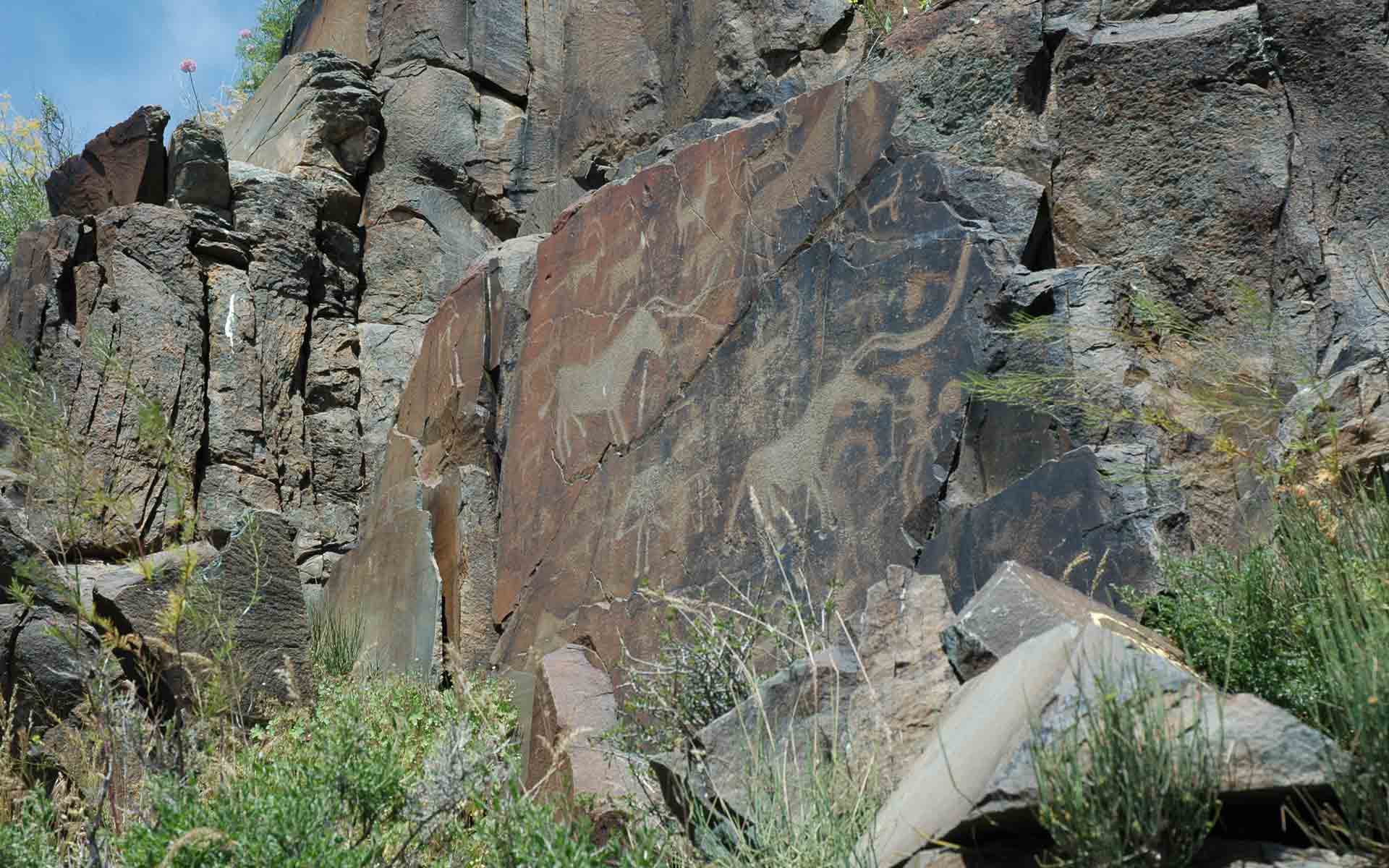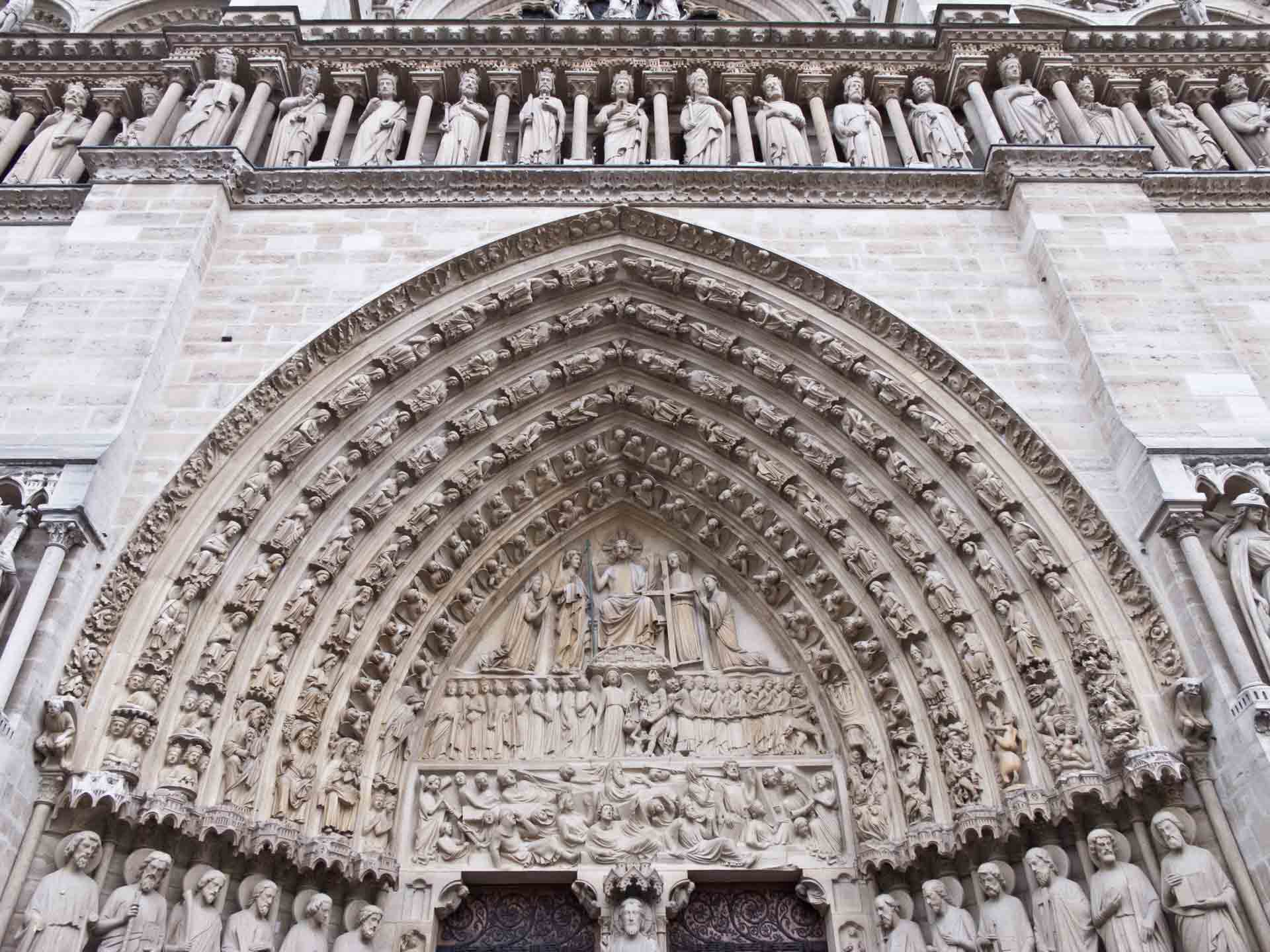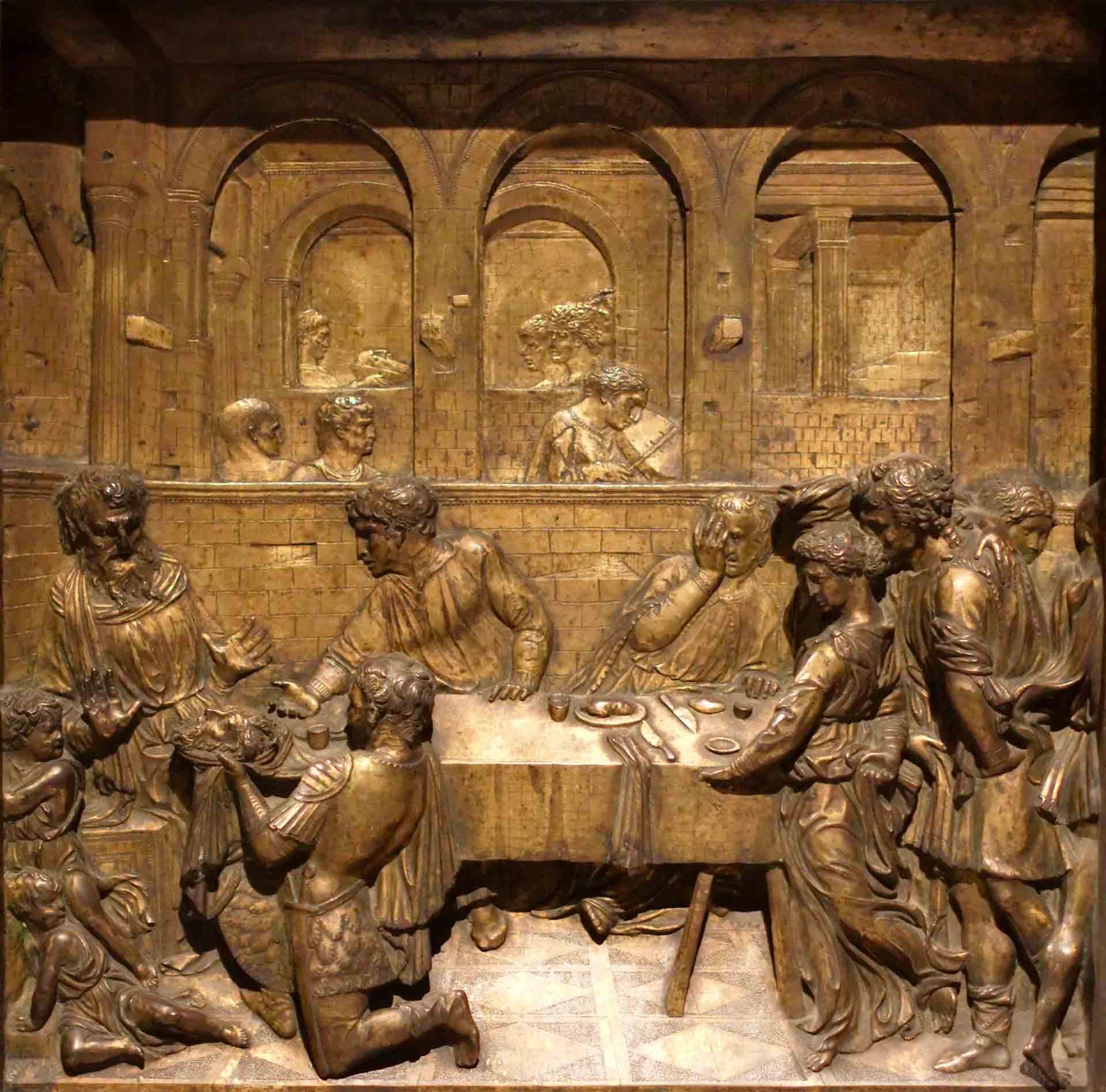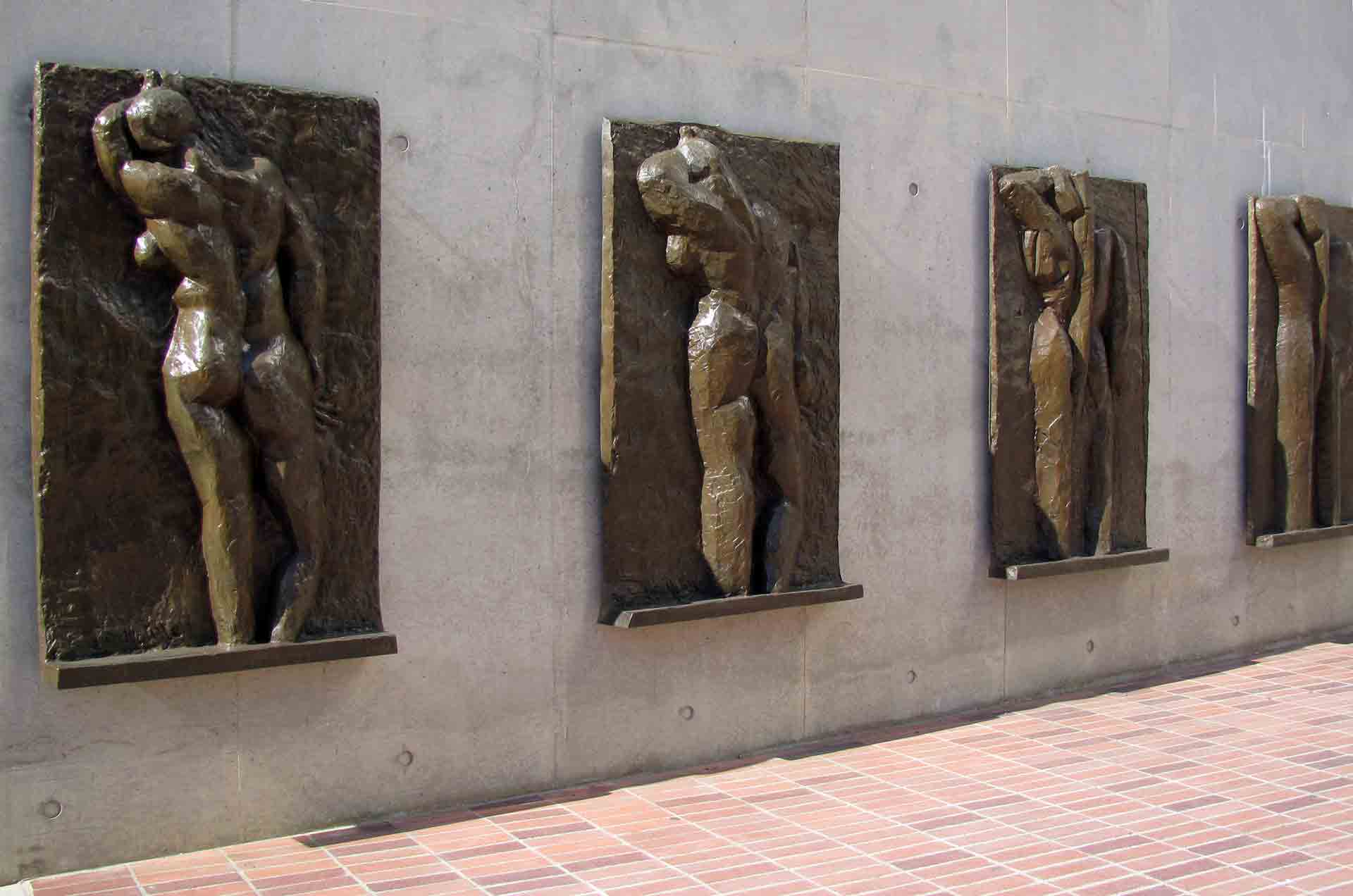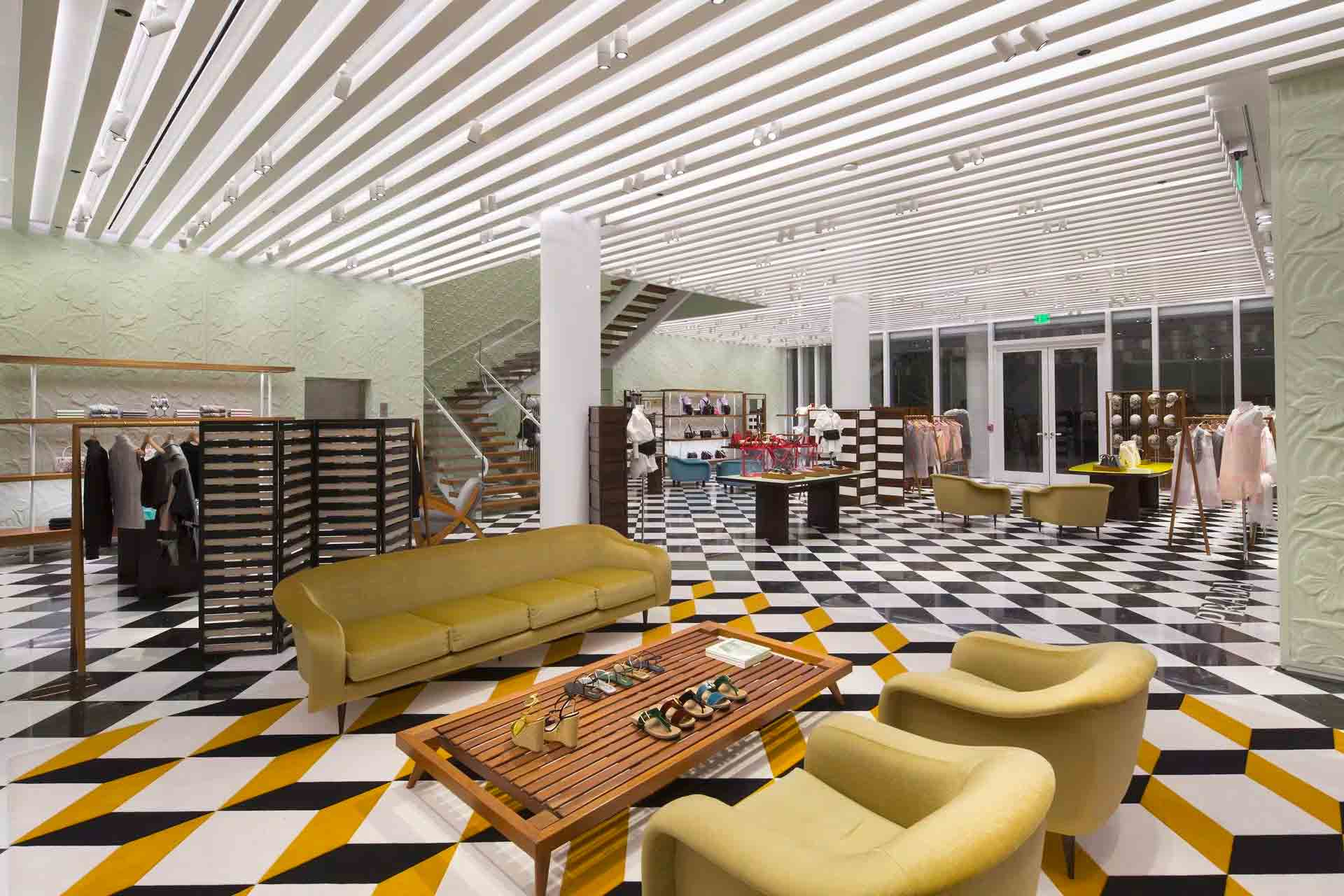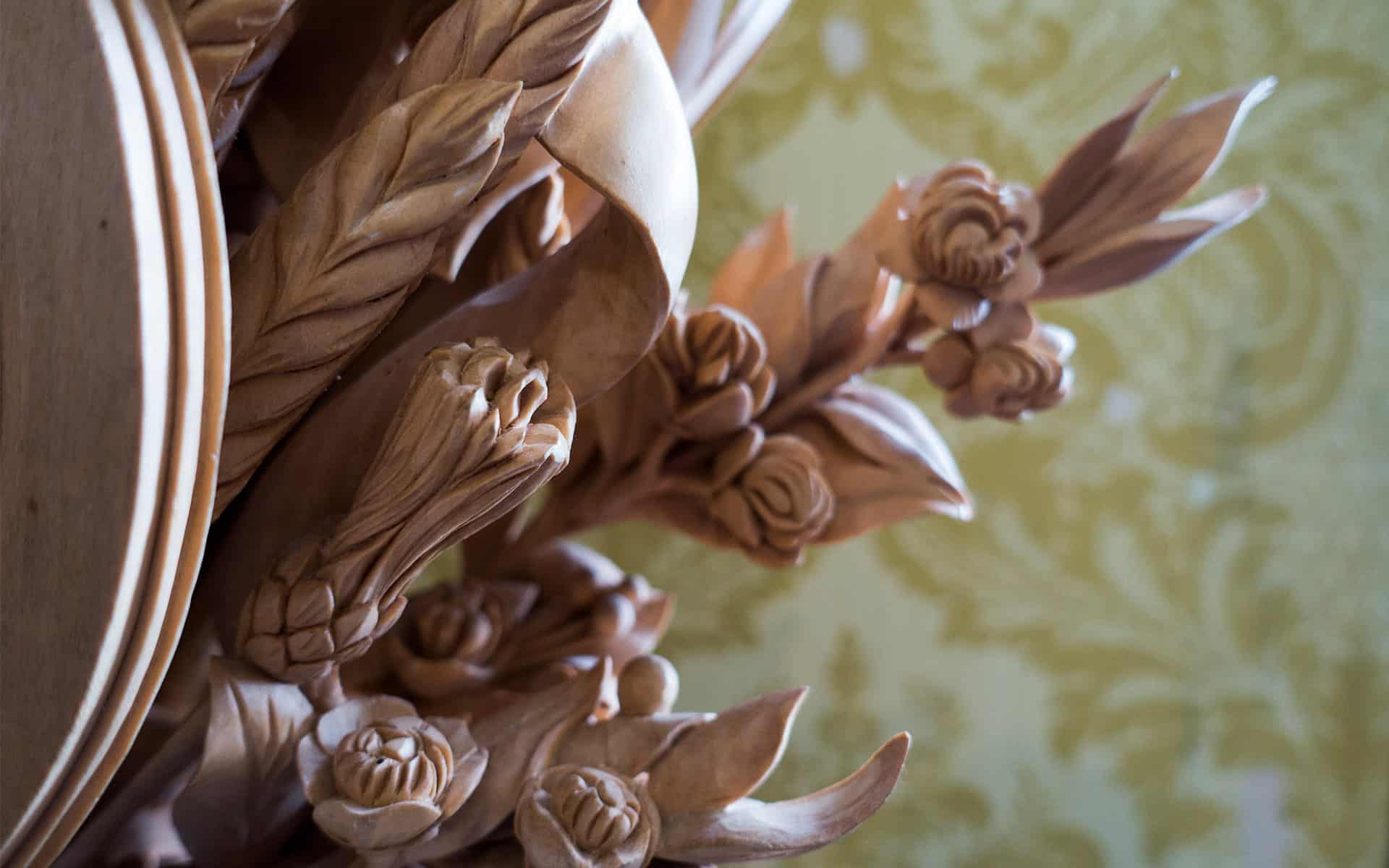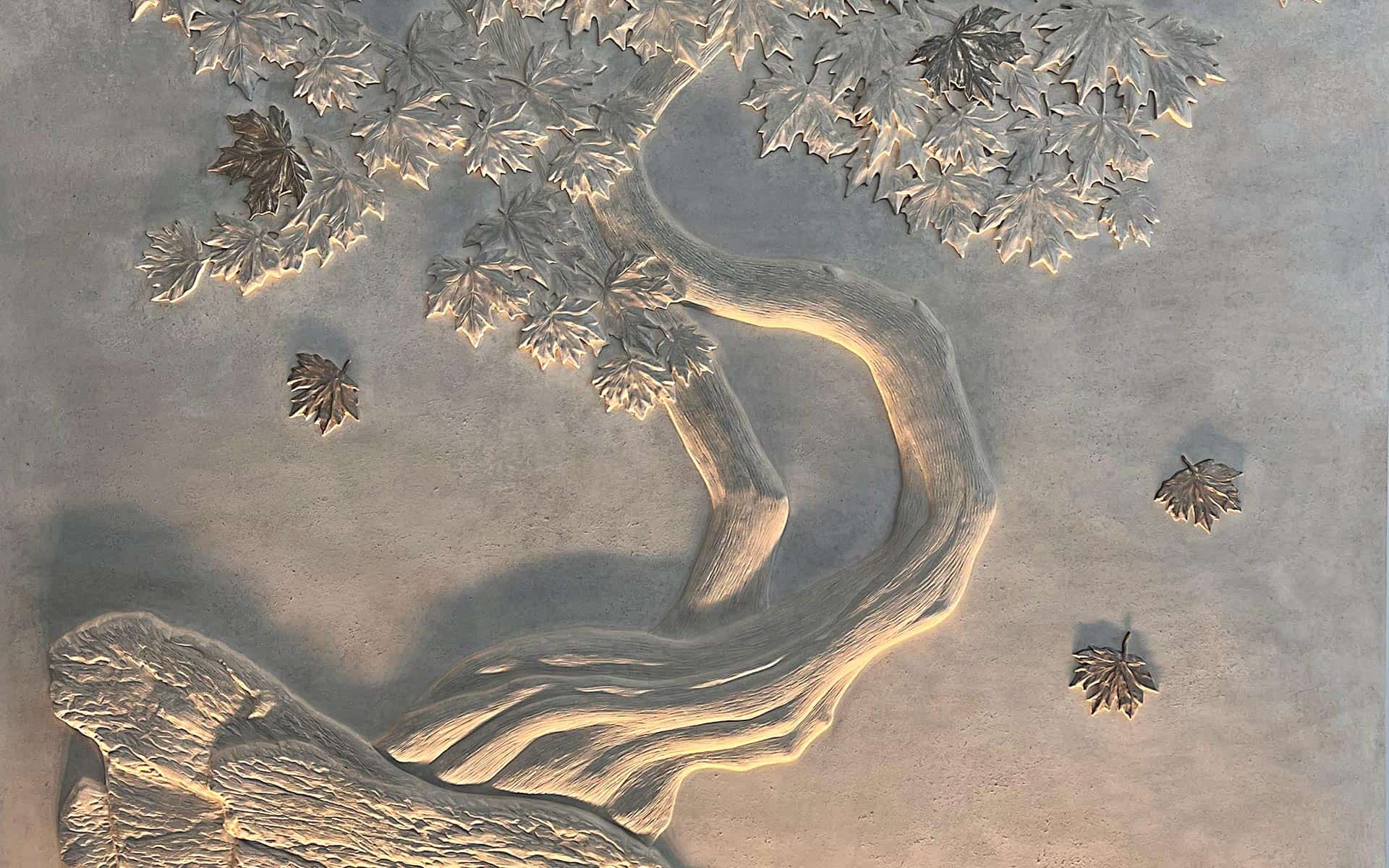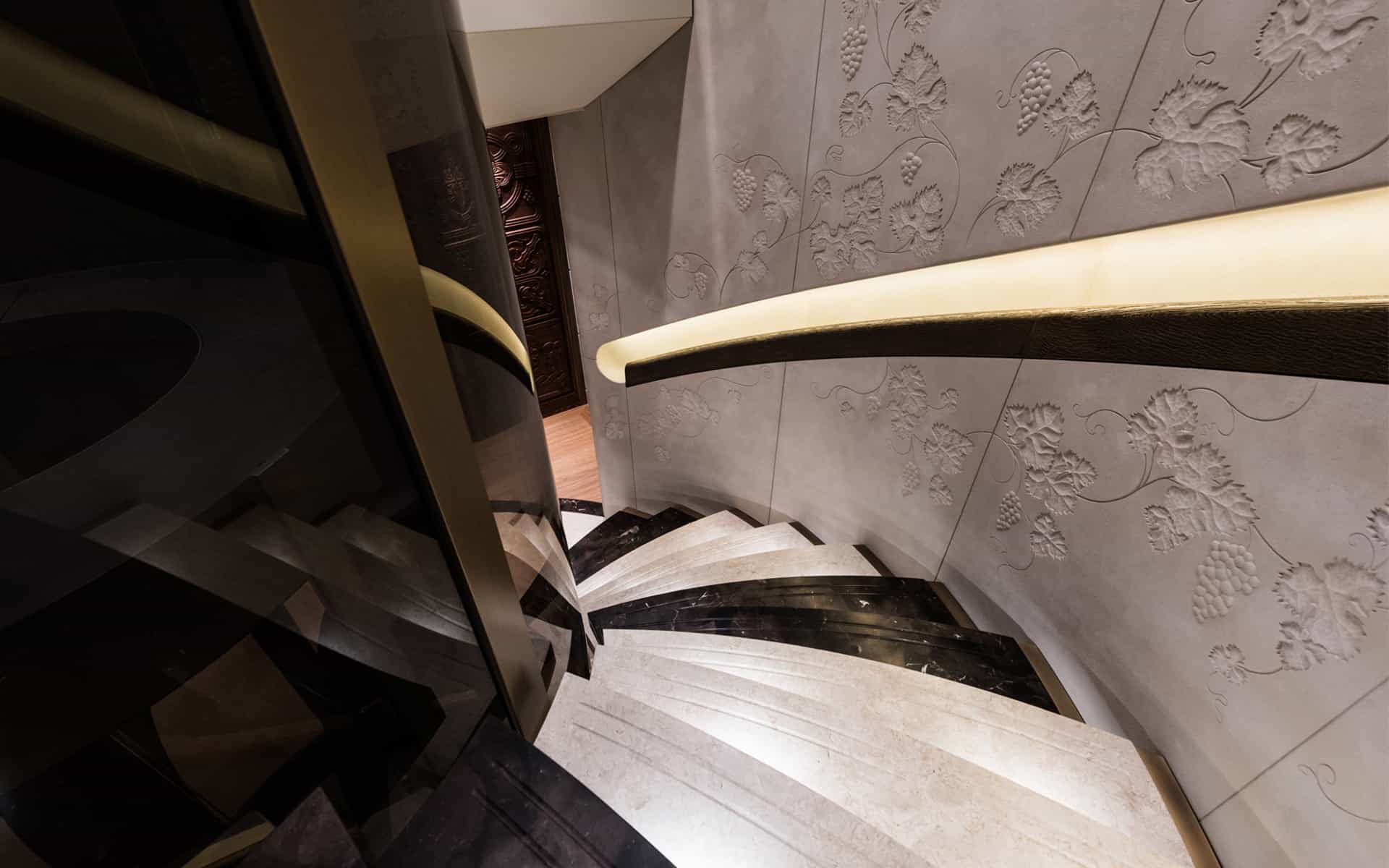Texture comes in many forms throughout the world of interiors, and bas-relief sculpture may just be one of the most intricate. Having been around for centuries – if not millennia – this ancient art form has a rich, storied history that extends from early humanity to modern day. Let’s take a look.
What is bas-relief sculpture?
Alongside high and sunken reliefs, bas-relief sculpture falls under the general umbrella of ‘relief art’. The term refers to any three-dimensional image that projects from a flat background – and this comes in varying degrees, hence the three different types.
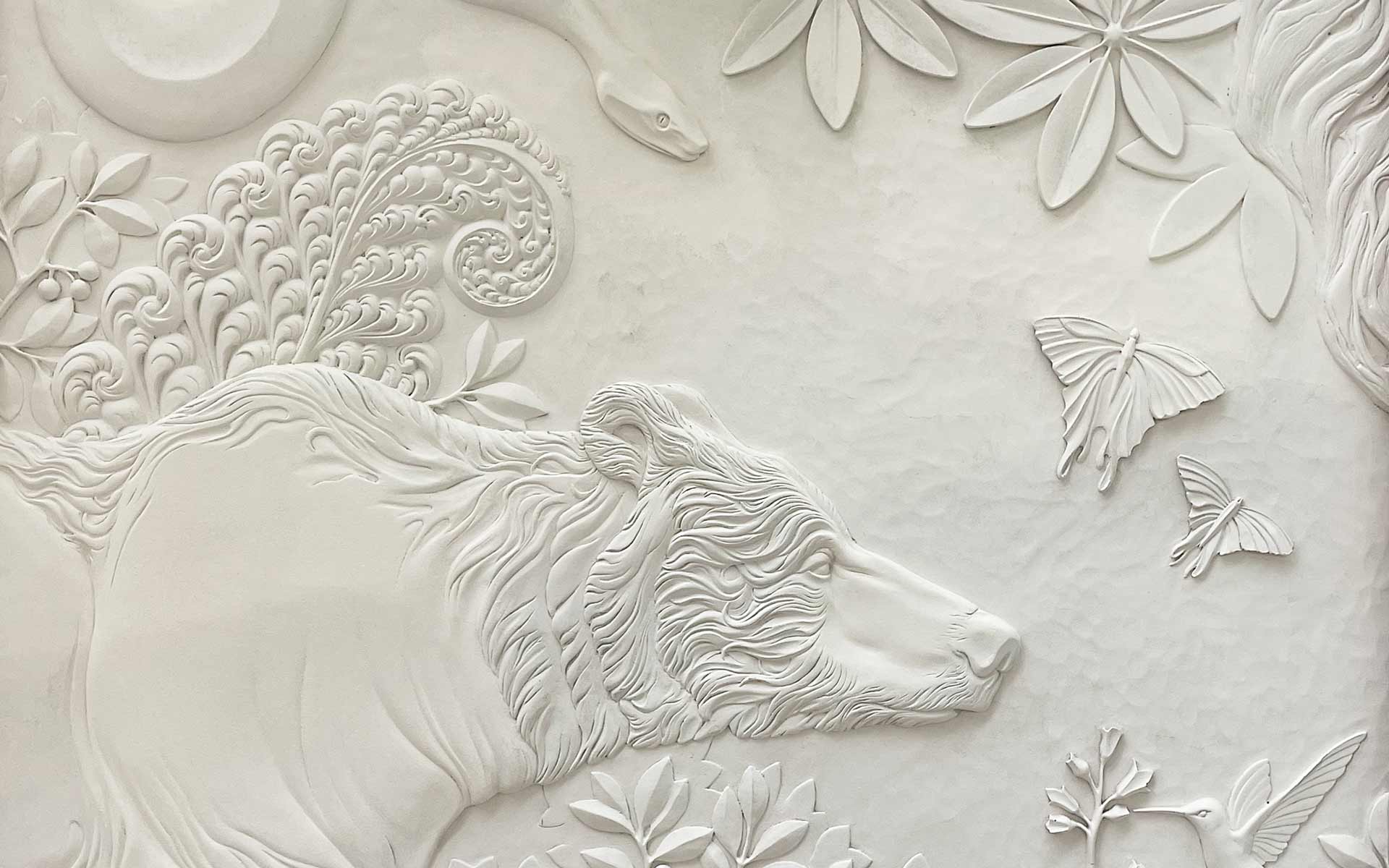
What are the characteristics of bas-relief sculpture?
The terms bas-relief and ‘low-relief’ can be used interchangeably; the latter is actually the direct translation of the Italian phrase ‘basso-relievo’. Both referring to the process of sculpting or etching a design directly onto a flat surface, low-relief sculptures differ slightly from high-reliefs, which, as the name would suggest, stand out from the surface at quite a high level. Bas-reliefs are raised only slightly from the surface, creating a subtler three-dimensional effect that can be easily viewed from various angles.
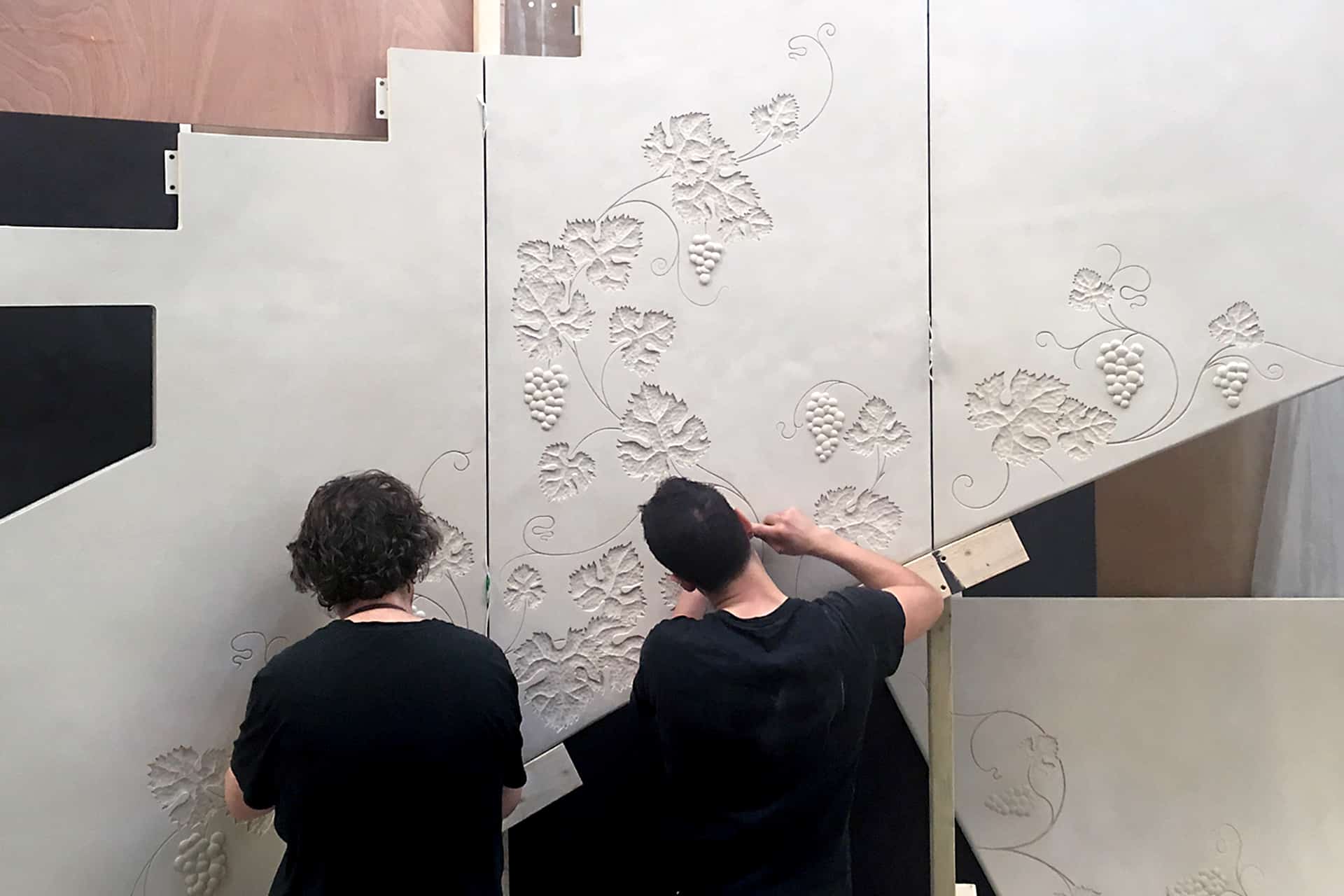
How are bas-relief sculptures made?
Typically, reliefs are made by carving away at a flat surface, but many studios now have modern methods, like hand-painting plaster directly on top of the surface.
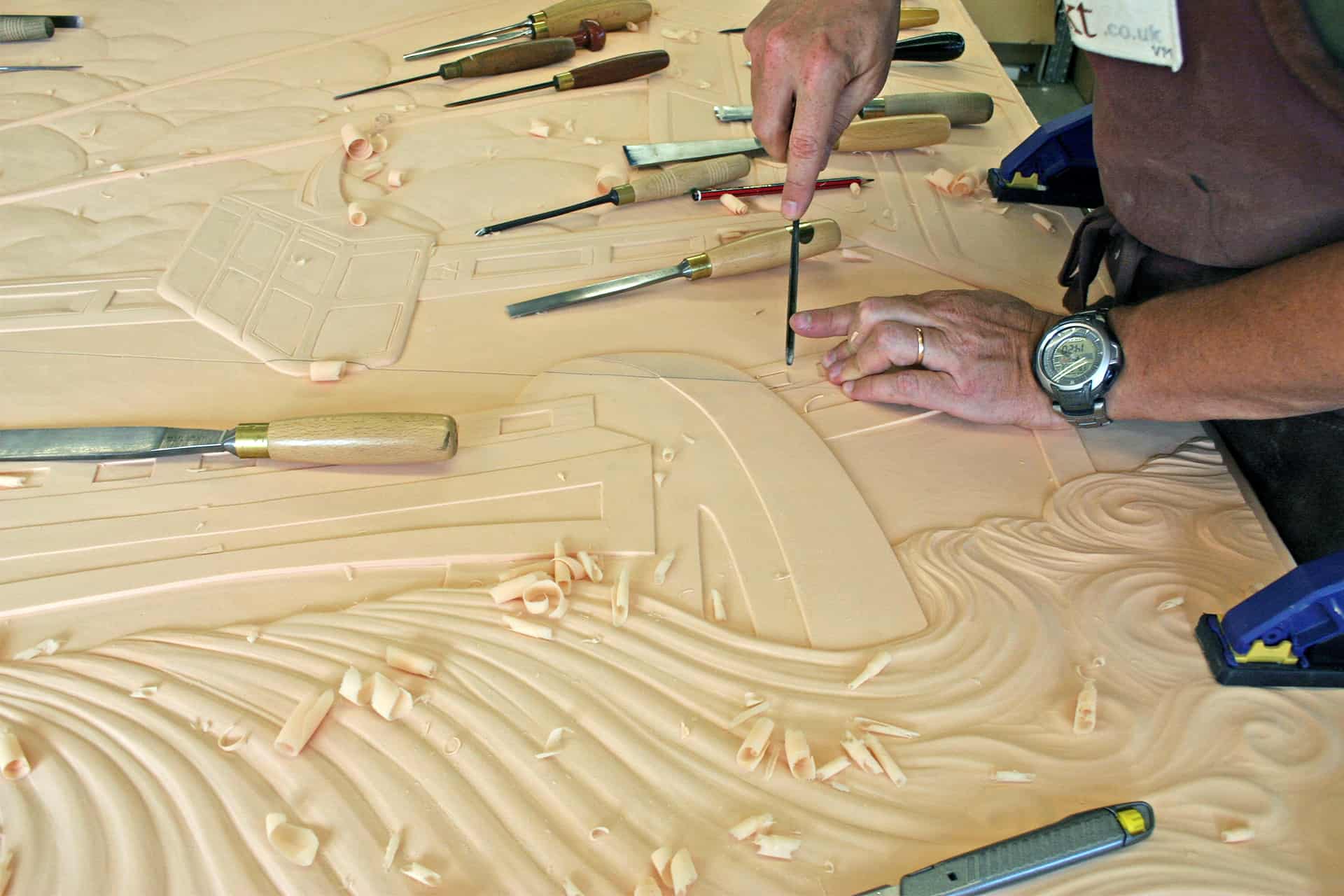
When it comes to our own bas-relief work, we begin by carving on a polyurethane-based foam or modelling board. Then, we create silicon moulds and produce casts in a range of materials, from those with a smooth or textured stone-like effect, to metal casts in various materials like bronze, pewter or copper. These can all be finished with different decorative effects, such as gilding.
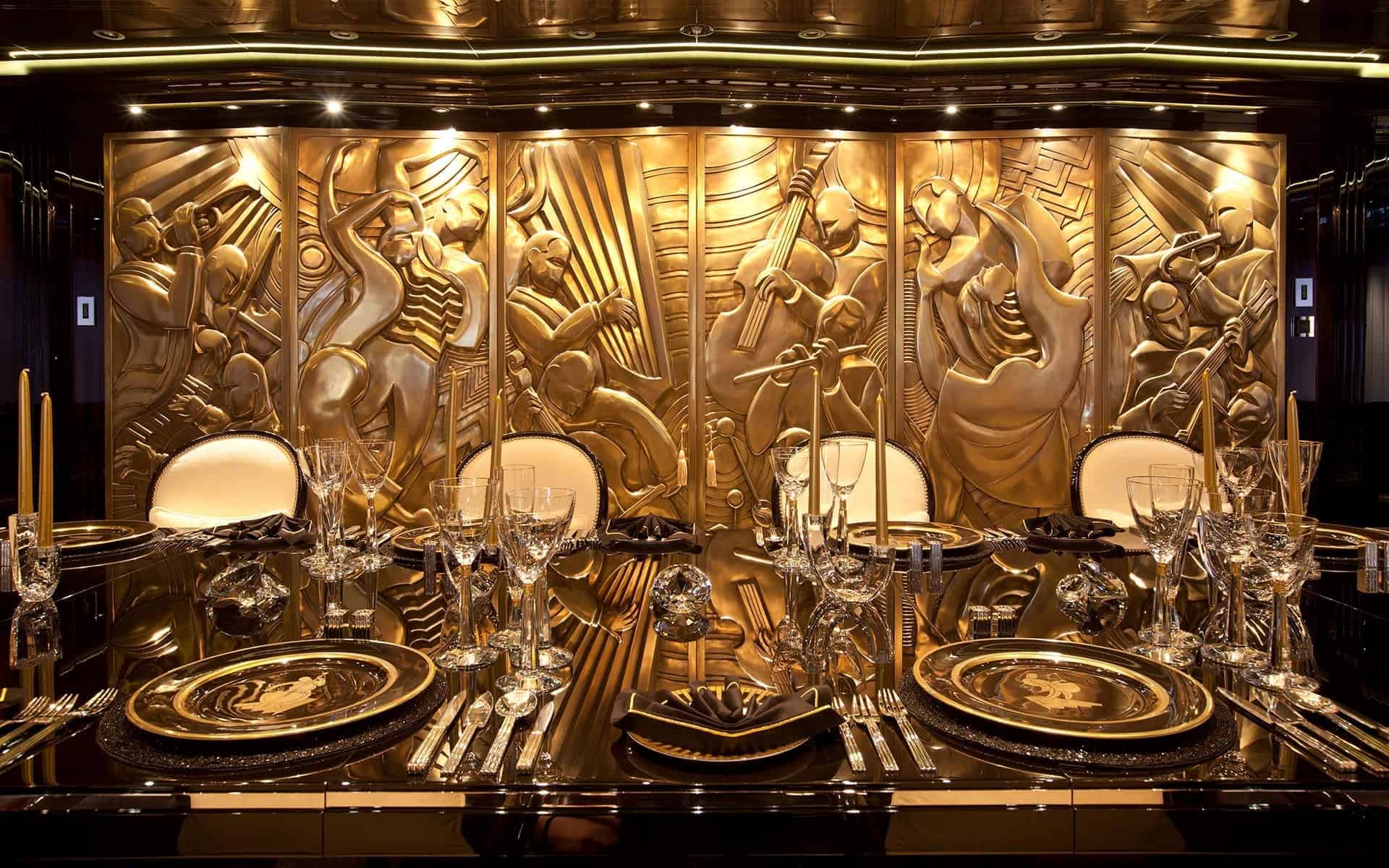
A brief history of bas-relief with examples through the ages
Bas-reliefs are far from a modern phenomenon. In fact, they’re said to date back as far as humanity itself. Everyone from Matisse to the masters of the Renaissance have been integral in the evolution of this intricate art form, so let’s take a look at its impressive history.
Ancient Bas-Relief Sculptures
Originally used to tell stories (which is why you’ll find that modern versions often still have a narrative element to design), the earliest known examples of bas-reliefs are officially known as petroglyphs. Although they’re similar in appearance to cave paintings, these pictures were carved into the rocks’ surface rather than painted on using dyes. You can still find evidence of these ancient engravings in places like Utah’s Canyonlands National Park and Tanbaly Gorge, a UNESCO heritage site in Kazakhstan, where petroglyphs date back as far as the second half of the second millennium BC.
Medieval Bas-Relief Sculptures
By the time humans reached the Middle Ages, the bas-relief technique had evolved to encompass Ancient Egyptian hieroglyphs and the frieze surrounding the Greek Parthenon’s cella. Like most of the era’s artworks, medieval bas-reliefs were popularised by their use throughout the churches and cathedrals of Europe, where the narrative imagery depicted – as you’d imagine – biblical scenes and holy figures.
The Italian Renaissance and Bas-Relief Sculptures
It was during this time that famed Renaissance sculptor Donatello started to combine both high-relief and bas-relief techniques to create a sense of perspective; his method is still largely used today for the same effect. Throughout this time, artists and sculptors experimented with a broader array of materials, too, from terracotta to the period’s signature marble.
19th-Century Bas-Relief Sculptures
At the start of the 19th century, Italian sculptors took relief techniques to North America when they started to work on decorating the country’s federal buildings, instigating an influx of American sculptors to Italy for the next several decades. Back in Europe, bas-relief was still a wildly popular decorative method; one of the most famous examples of 19th-century bas-relief sculpture is the iconic Arc de Triomphe in Paris, created between 1833-36.
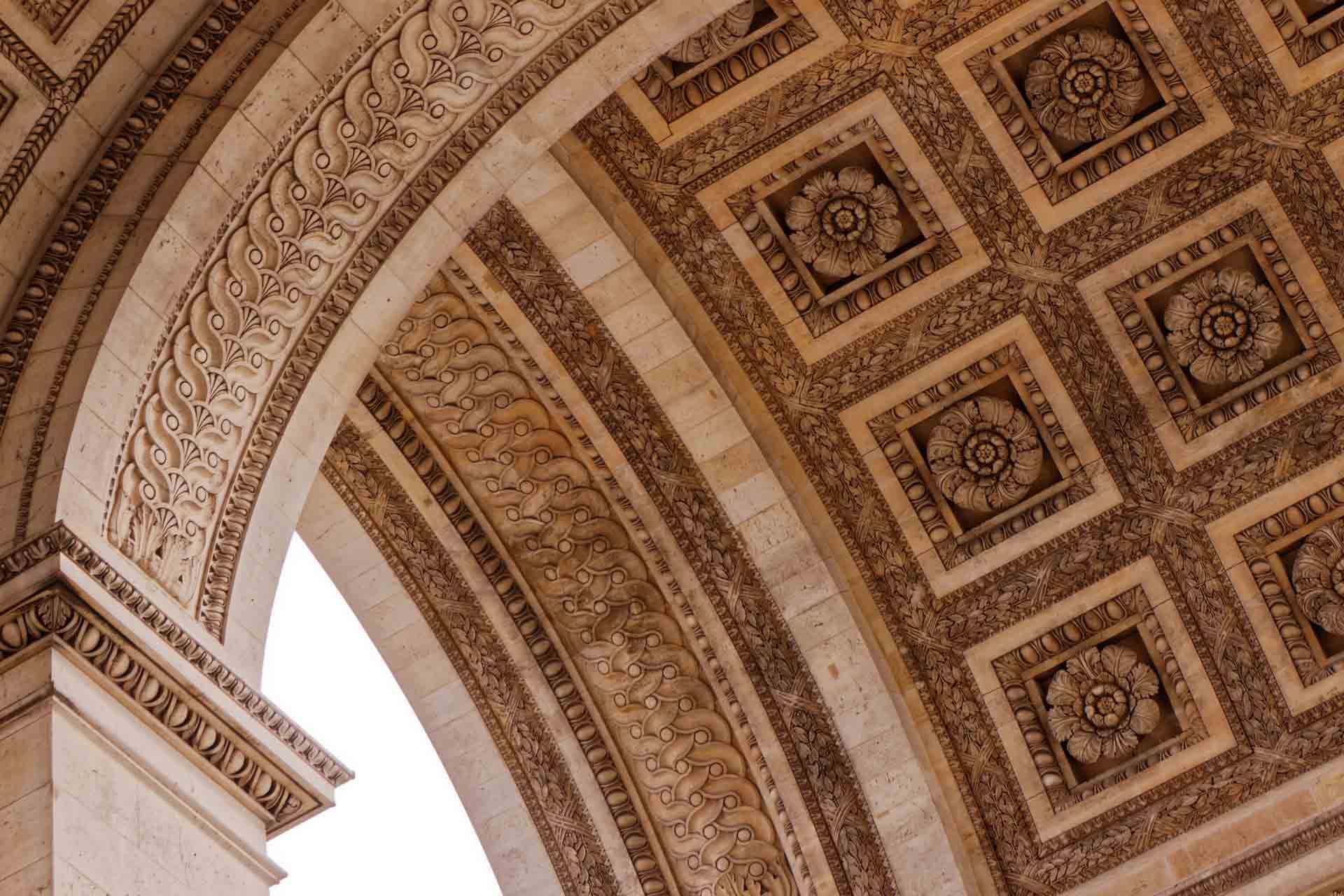
Contemporary Bas-Relief Sculptures
By the turn of the 20th century, relief sculptures were, like much of the art world, taking a turn towards the abstract. In 1916, Henri Matisse created the third instalment of his famed Back bas-relief series, where the model starts to take on a notably less-fluid silhouette. Fast forward a few decades to the 60s and 70s, and English artist Peter Lowe was creating a range of overtly geometric bas-reliefs.
A recently reignited appreciation for handmade design and traditional techniques has meant bas-reliefs are now enjoying a modern renaissance – particularly throughout the world of interiors. Prada’s Miami-based concept store, which opened in 2017, put the Milanese label’s signature spin on the classic sculptural technique. Taking inspiration from old Miami beach, the store’s interior walls are clad in a pastel-hued “Tropical Deco” bas-relief pattern that nods to the city’s Art Deco architecture and Latin American influences.
Using bas-relief sculpture in luxury interior design
It wasn’t until the mid 90s that we started to flex our own muscles in the area of bas-relief design; but we’ve since made up for lost time, drawing on a range of styles and materials to create our own intricate interior sculptures.
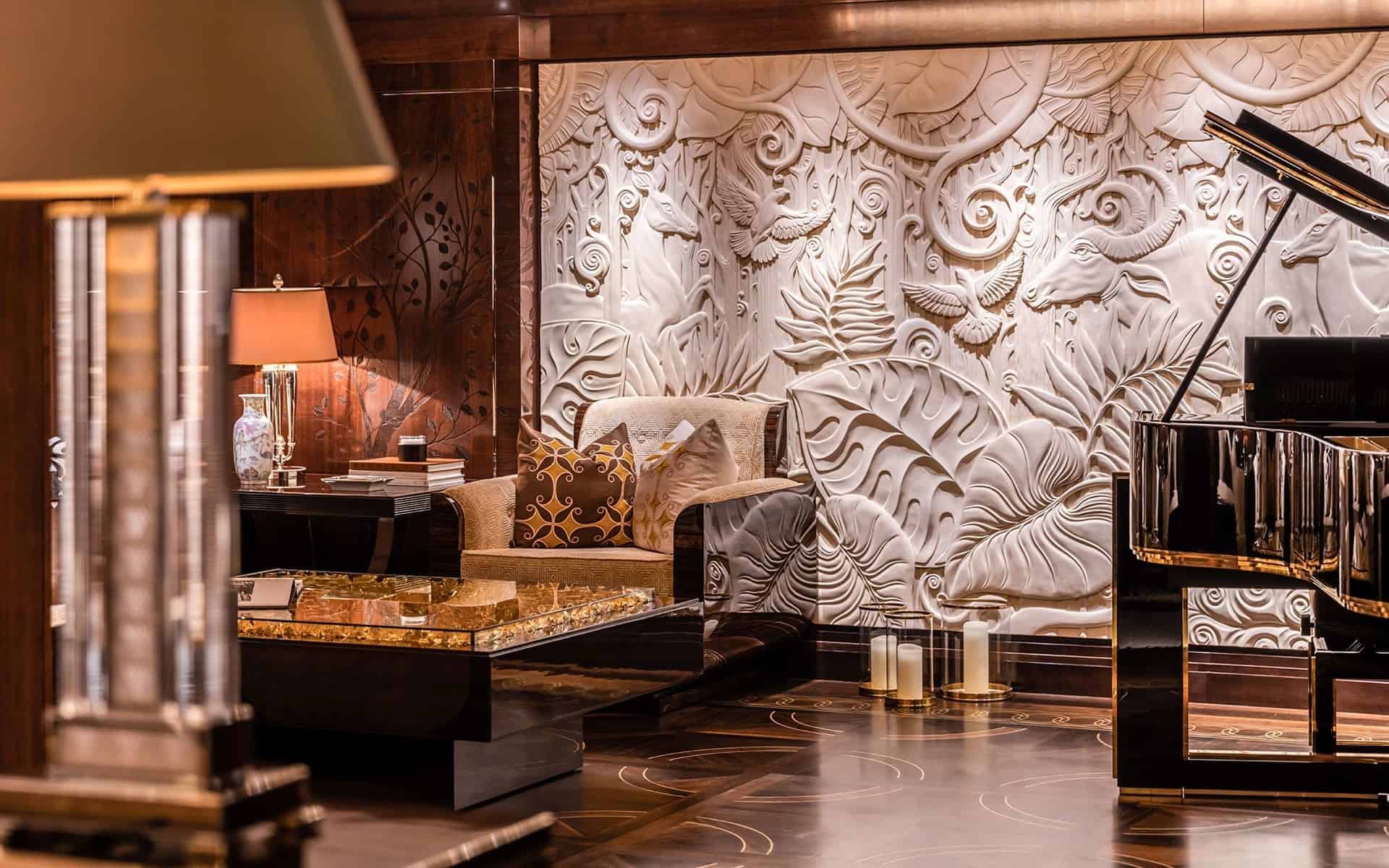
Just one of our bas-relief sculptures, The Maple Tree was our way of proving how craftsmanship and applied arts can be effortlessly incorporated into modern design. Its intricate design combines classic bas-relief techniques with inspiration taken from traditional Japanese screen designs from the 16th century.
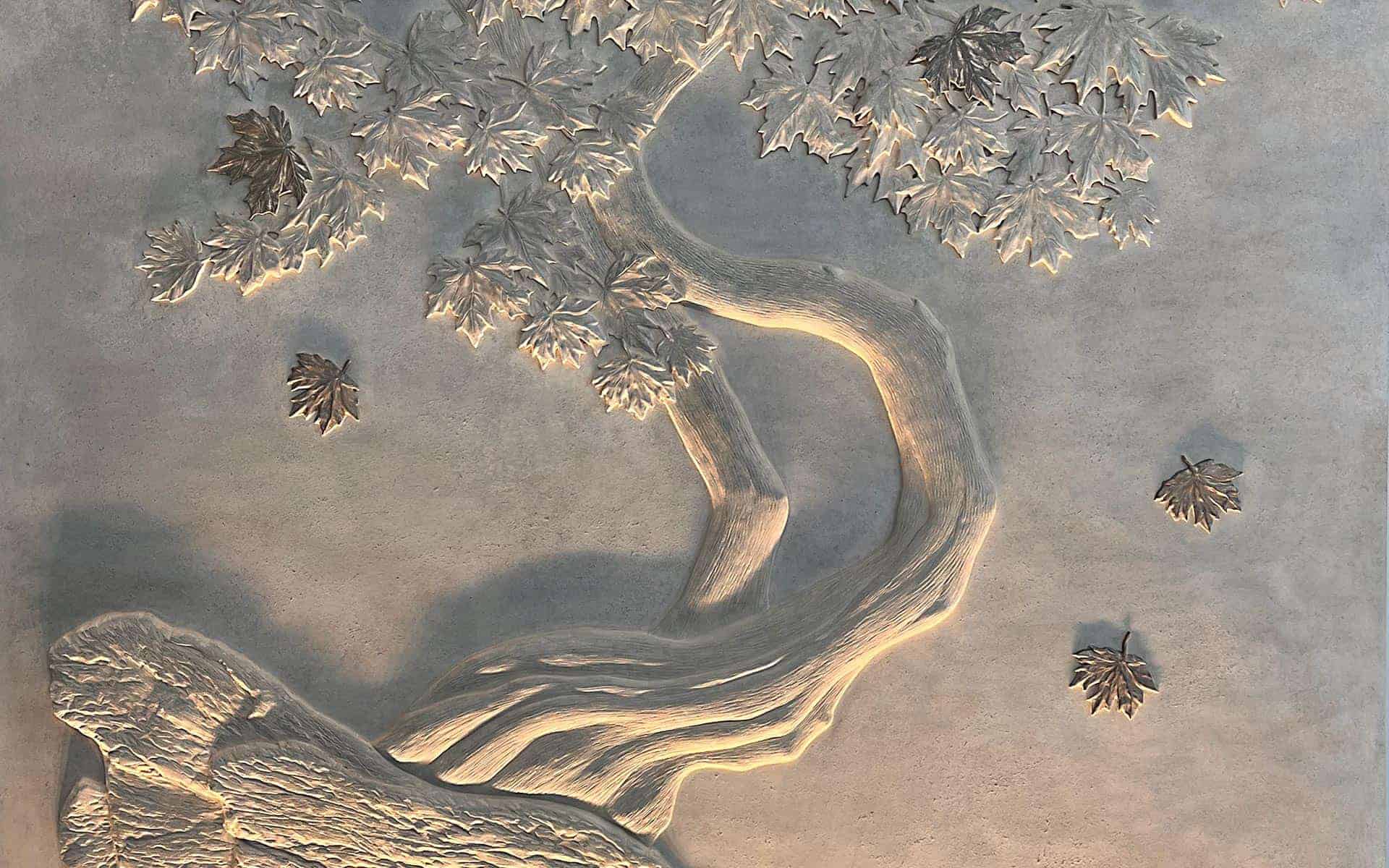
Feeling inspired?
You’ll find more information about the world of bas-relief sculpture on our expertise page or contact us today to find out how we can create a bespoke bas-relief sculpture artwork for your interior design project.
Related Posts
Art & Ornament exhibition at Dalkeith Palace
This year marks 300 years since the death of one of the most celebrated decorative woodcarvers of…
The Maple Tree
When planning our display for London Design Week this year, we knew we wanted a feature artwork…
The art of the staircase – 10 examples for inspiration
Adding specialist finishes to a staircase presents some unique challenges but also an opportunity…
